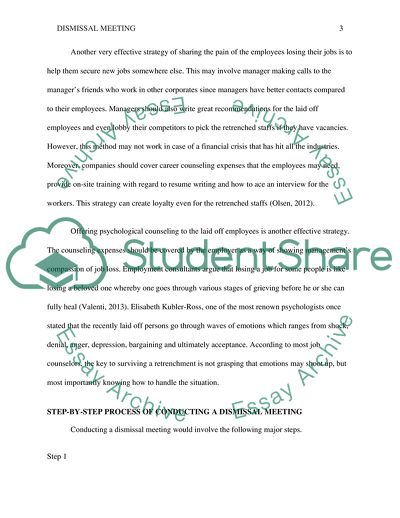Cite this document
(Dismissal Meeting Research Paper Example | Topics and Well Written Essays - 1750 words, n.d.)
Dismissal Meeting Research Paper Example | Topics and Well Written Essays - 1750 words. https://studentshare.org/human-resources/1828655-dismissal-meeting
Dismissal Meeting Research Paper Example | Topics and Well Written Essays - 1750 words. https://studentshare.org/human-resources/1828655-dismissal-meeting
(Dismissal Meeting Research Paper Example | Topics and Well Written Essays - 1750 Words)
Dismissal Meeting Research Paper Example | Topics and Well Written Essays - 1750 Words. https://studentshare.org/human-resources/1828655-dismissal-meeting.
Dismissal Meeting Research Paper Example | Topics and Well Written Essays - 1750 Words. https://studentshare.org/human-resources/1828655-dismissal-meeting.
“Dismissal Meeting Research Paper Example | Topics and Well Written Essays - 1750 Words”. https://studentshare.org/human-resources/1828655-dismissal-meeting.


